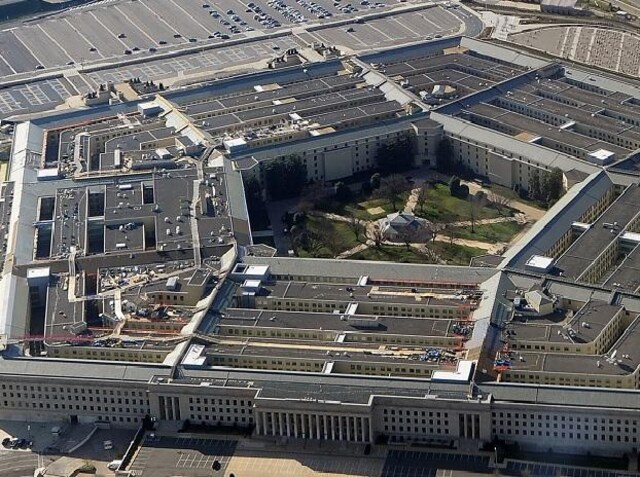
“India continued to build its own hypersonic, ballistic, cruise, and air defense missile capabilities, undertaking many tests in 2021,” says Pentagon.
According to a Pentagon spymaster, India plans to deploy the S-400 missile defence system it got from Russia by June 2022 to defend itself against threats from Pakistan and China. During a recent Congressional hearing, Lt Gen Scott Berrier, Director, Defense Intelligence Agency, told members of the Senate Armed Services Committee that “India received its first supply of the Russian S-400 air defense system in December, and it plans to put it into service by June 2022 to defend against Pakistani and Chinese threats”.
“In 2021, India conducted many tests on its own hypersonic, ballistic, cruise, and air defence missile capabilities.” India is boosting its use of space assets and has a growing number of satellites in orbit, indicating that it is pursuing offensive space capabilities,” Berrier added.
Berrier said that New Delhi is working on a large-scale military modernization program that includes air, ground, naval, and strategic nuclear forces, with a focus on the local defense industry. India is making moves to establish Integrated Theatre Commands, which will help the country’s three defence forces to work together more effectively.
Since taking office in 2019, Indian Prime Minister Narendra Modi has emphasized strengthening India’s economy by growing the domestic defence sector and implementing a negative import list to limit defence purchases from foreign suppliers.
“India’s long-standing defence alliance with Russia remains robust, with the two countries holding their first ’22’ format discussions in December – a joint foreign and defence ministerial meeting that India had previously only conducted with the US, Japan, and Australia.”
“India has maintained a neutral posture on Russia’s invasion of Ukraine and continues to appeal for peace,” Berrier said.
Berrier mention some key points:
- According to Berrier, New Delhi maintained a foreign strategy targeted at emphasizing India’s place as a leading power and primary provider of security in the Indian Ocean region throughout 2021.
- India seeks strategic relationships to enhance influence through bilateral and multilateral platforms such as the “Quadrilateral Security Dialogue” and “the Association of Southeast Asian Nations” (ASEAN), in order to foster prosperity and stability in the Indo-Pacific region.
- “New Delhi also aims to strengthen intelligence and operational collaboration on cyber security, protect critical information infrastructure, prevent adversary public opinion manipulation, and develop standards and norms that preserve and secure data governance”.
- New Delhi is more concerned about potential attacks on India by terrorist groups such as Lashkar-e-Taiba and Jaish-e-Mohammed, which are supported by a Taliban-controlled Afghanistan.
- The pullout of the Indian military from Afghanistan harmed the country’s ability to detect possible threats and have power over regional peace.
- Despite reaffirming its commitment to the 2003 ceasefire, India remains ready to respond to perceived militant threats, and counterterrorism operations in Kashmir have persisted. A high-profile attack in India by Pakistan-based terrorists threatens an Indian military reaction.
- Chinese-Indian relations remain strained because of tragic clashes between their respective forces along with the Western sector of the Line of Actual Control (LAC) in summer 2020.
- Both parties had many rounds of high-level diplomatic and military talks in 2021, which culminated in a mutual withdrawal of soldiers from several stalemate points. Both sides, have close to 50,000 troops, as well as artillery, tanks, and multiple rocket launchers, and are building infrastructure along the LAC.













